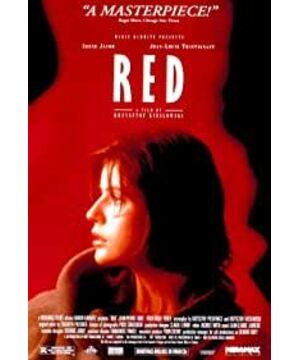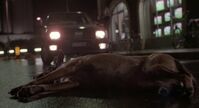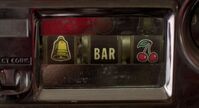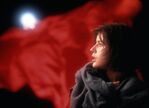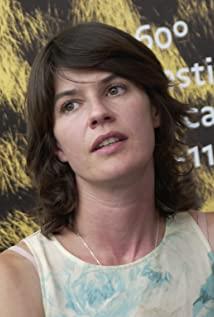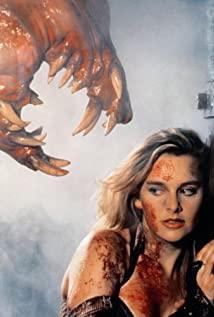The old judge completed his "revenge" and was immersed in the sense of power to seek truth and master the truth and judge with his own hands. This attitude evolved deeply and became his sin - vanity. The old judge and the college students who study the law are allomorphs ("two grasses"?), they are both saved by the heroine, the judge who meets the girl will believe in human nature and choose fraternity.
Symbols are everywhere, broken wine glasses, slot machines in transit, pebbles on a piano, tea blown down by a storm and advertisements for girls. Wise men worry too much, and the old judge plays the role of a prophet. Love is red, it is omnipresent, it is every bit of life, it is the ray of sunshine, it is the sunset, it is the restrained music of this work, not warm enough, but pure enough. Love animals, love family, love neighbors, love life.
In the end, the redemption is complete. The old man, who was more conservative in thinking and defended traditional values, reconciled with the young age. On the way across the English Channel to the United Kingdom (the old Eurosceptic), the storm overturned the ship from the European continent. Finally, seven people were saved: two free songs. Blue, three equal whites, and two fraternal reds, the future of Europe has been opened up in front of Kieslowski's eyes. There is always doubt about freedom, equality... (I haven't read "Bai" yet), fraternity is always young.
What relieved everyone's hanging hearts was that the girl helped the old woman into the bottle.
View more about Three Colors: Red reviews


